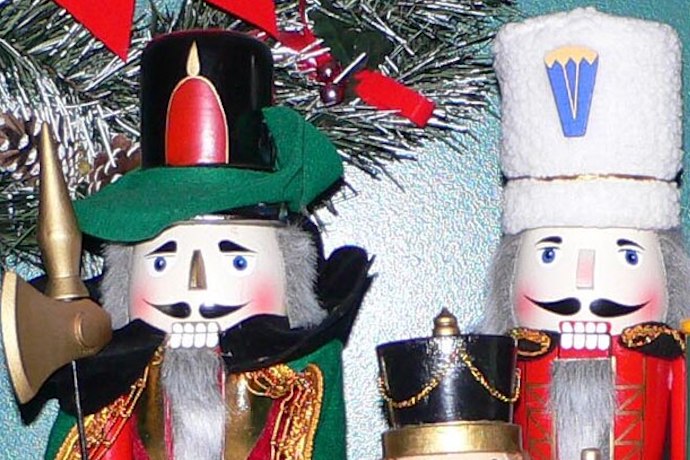From wind-up dolls to playing cards, children’s toys have played a surprisingly influential role in sparking composers’ creativity. Here are five of the best pieces of classical music inspired by toys.

1. Ottorino Respighi: The Magic Toyshop
Although rarely performed nowadays, La Boutique fantasque, (also known as The Magic Toyshop or The Fantastic Toyshop) was one of the most popular ballets of the post World War One era. Created for Sergei Diaghilev’s Ballets Russes in 1919, featuring music by Ottorino Respighi (based on piano pieces by Gioachino Rossini), it told of a toyshop in France in the 1860s, with a plot revolving around a group of magical dancing dolls that came to life at night and plotted to stay together when sold to different families. It’s easy to see how the playful, comedic nature of story must have resonated with war-weary audiences, seeing escapism and entertainment.
2. Attrib Leopold Mozart: Toy Symphony
Next on our list of music inspired by toys is this short, charming work. Likely composed in the 1760s, it is perhaps the earliest example of music for toy instruments, which, in this case, include toy trumpet, cuckoo, drum, triangle, nightingale and rattle. Its true authorship remains a subject of debate: it was originally attributed to Joseph Haydn. Some scholars have suggested it might be the work of Michael Haydn, Joseph’s younger brother while more recent research has proposed that the actual composer might be the Austrian Benedictine monk Edmund Angerer. Still, many believe that it was written by Leopold Mozart, the father of Wolfgang Amadeus, as a teaching tool for his musically gifted children.
3. Pyotr Ilyich Tchaikovsky: The Nutcracker
Surely this ballet, centred around a nutcracker that comes to life, takes pride of place amongst pieces of classical music inspired by toys. Strikingly, Tchaikovsky was reluctant to write it in the first place, and was critical of the end result, stating: “Everything went off perfectly, but nevertheless, it seemed to me that the public did not like it. They were bored.” Critics seemed to agree, slating the work for its lack of plot and reliance on spectacle.” Nevertheless, The Nutcracker went on to become one of his most popular works, an annual fixture of the Christmas season, and a source of inspiration for many other artists, not least Duke Ellington, who made his own jazz re-arrangements of the work in 1960.
4. The Modified Toy Orchestra
While not a single piece, this experimental music group from Birmingham, England, creates music using only modified toy instruments, such as Barbie Tolls, Speak & Spell, the Happy Farm Chorus and Bee Gees Rhythm machine. The group’s instruments are created through a process called circuit bending, where electronic toys such as keyboards and educational spelling toys are disassembled and modified to produce new and unexpected sounds. This technique allows the orchestra to explore the “surplus value inside things that seem redundant,” as described by the group’s founder Brian Duffy in the Guardian.
5. Shadow Piano
And now for the last piece in our survey of music inspired by toys. In this album, pianist Xenia Pestova Bennett, showcases the potential of toy piano – a glockenspiel-like instrument that uses metal rods instead of strings – by performing works written specially for it. Among them are Lou Bunk’s minimalistic “Being and Becoming” and Derek Hurst’s “An Werm: Notes From Underground” which blends toy piano with electronic elements. Pestova Bennett views working with toy pianos as a way to challenge herself musically, stating, in an online interview for MeettheArtist that if she can “make music and be expressive with something that is just a toy, it makes it so much easier when I transfer that experience to a real piano.”